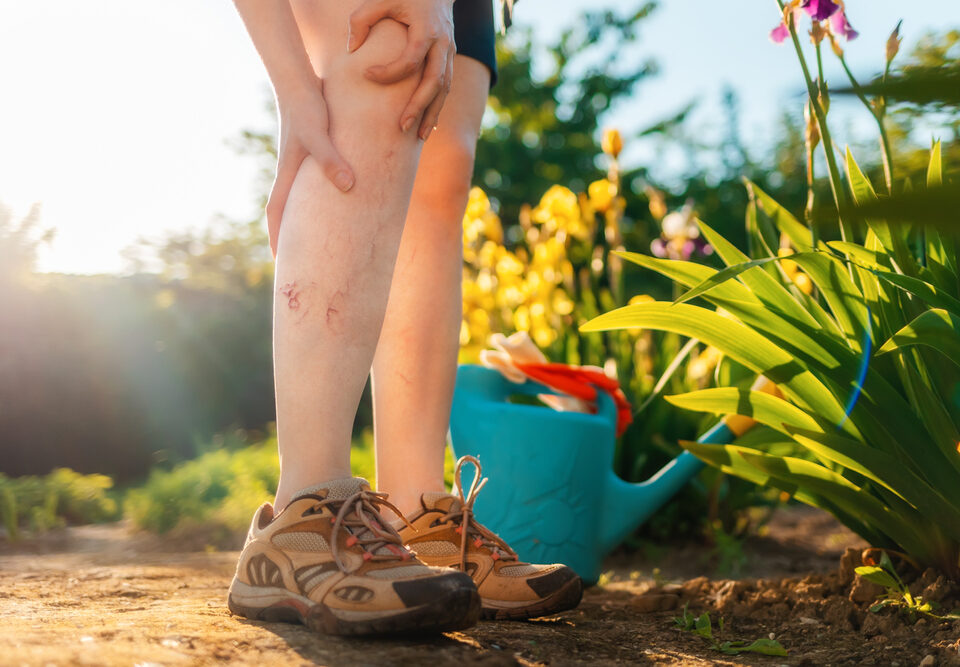
Get Your Legs Ready for Summer with Sclerotherapy
May 13, 2019
Vein Skincare: How to Manage Venous Statis Dermatitis
May 13, 2019Vein Disease Maryland
Vein disease in Maryland can develop superficially or deep within the body, and its symptoms can range from bothersome to life-threatening. When vein disease does occur, it typically presents as venous insufficiency (inadequate venous drainage) or thrombosis (clotting abnormalities).
Continue reading to learn about the types and signs of vein disease in Maryland based on these two categories.
Venous Insufficiency Vein Disease
1. Varicose Veins
Varicose veins are one of the most common and well-known types of vein disease. They show up as red, purple, or blue dilated vessels in the legs and lower extremities and are often considered a cosmetic concern.
However, varicose veins can also result in swelling, burning, aching, itchiness, ulcers, and infection. Therefore, it’s important to be aware of these symptoms and seek help from a vein specialist when necessary.
2. Chronic Venous Insufficiency
Prolonged periods of disrupted blood flow and inadequate venous drainage can result in chronic venous insufficiency (CVI). This type of disease can be caused by faulty or damaged valves, DVT, inherited abnormalities, and restricted blood flow from a bandage or tumor.
CVI is often associated with skin darkening, leg swelling, skin hardening, pain, and leg heaviness.
Thrombosis Vein Disease
3. Superficial Thrombophlebitis
When clots develop just beneath the skin, they are characterized as superficial thrombophlebitis. They occur as a red streak and may result in swelling, tenderness, warmth, and skin darkening or hardening.
This type of vein disease often originates in varicose veins located in the legs, arms, or neck, and is usually a nuisance, rather than a serious medical issue.
4. Deep Vein Thrombosis
On the other hand, deep vein thrombosis occurs when a blood clot forms deep within tissue. It can become life-threatening if it breaks off and travels to the lungs, causing in a pulmonary embolism.
While approximately 50% of DVT cases are asymptomatic, symptoms can include pain, swelling, pressure, fullness, warmth, redness, and tenderness in the legs.
If you suspect that you may have a DVT, seek medical attention immediately.
Call Today for Additional Information
To learn more about the types and signs of vein disease in Maryland, please contact us today to schedule a comprehensive consultation with one of our highly skilled and experienced vein specialists.



